The Russia of Nicholas II on the eve of World War I was a land of striking ethnic diversity. Comprising all of the republics of what later was to become the Soviet Union, as well as present-day Finland and much of Poland, Russia was home to more than 150 million people — of which only about half were ethnic Russians. In his travels throughout the empire, Prokudin-Gorskii captured this diversity.
Dagestan is a Russian republic in the North Caucasus region on the Caspian Sea. Here is an image of Dagestani women around 1905:
Another image shows an Armenian woman in her national costume:

Daily Life
In the early 1900s Prokudin-Gorskii formulated an ambitious plan for a photographic survey of the Russian Empire which won the support of Tsar Nicholas II. Between 1909-1912, and again in 1915, he completed surveys of eleven regions, traveling in a specially equipped railroad car provided by the Ministry of Transportation. One of Prokudin-Gorskii’s goals was to capture the daily life of the Russian people.
The following image shows a Russian family resting in a hay field during harvest time:
Another image shows Jewish children with a teacher in Samarkand, Uzbekistan:
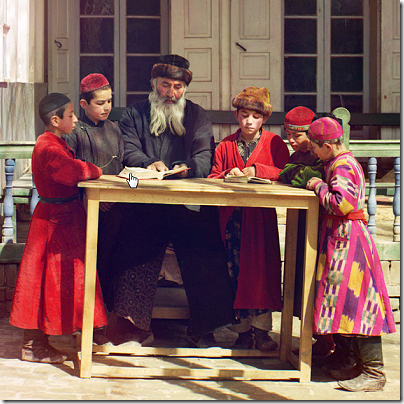
Another image taken in 1910 shows a family working at a pit mine in Bakalskii, which is in the Bakaly Hills of the Ural Mountains:
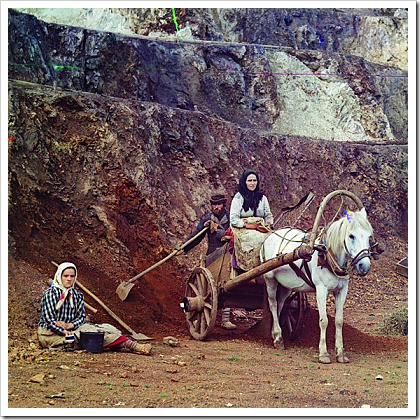
Color Photographic Technique
Prokudin-Gorskii's process used a camera that took a series of three monochrome pictures in sequence, each through a different-colored filter. Each negative contains the color value for each RGB component. In Photoshop terminology, these 3 images represent RGB channels. In fact, adventurous Photoshop users have recreated Prokudin-Gorskii's color images by combining the digitized versions of the RGB negatives as layers with specific channel values.
results in
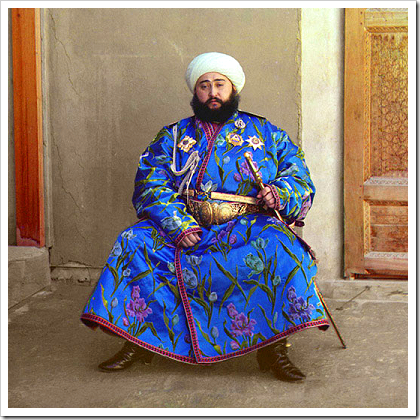
Given the complex process of printing color images at the 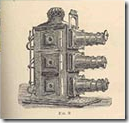 time, Prokudin-Gorskii often displayed his images using a special projection lantern with three lenses. By projecting all three monochrome negatives using the correct colored light, and then overlapping the images, he was able to reconstruct the original color scene.
time, Prokudin-Gorskii often displayed his images using a special projection lantern with three lenses. By projecting all three monochrome negatives using the correct colored light, and then overlapping the images, he was able to reconstruct the original color scene.
Library of Congress Exhibits
The Library of Congress offers a wide range of online exhibitions featuring treasures from its own collections as well as the treasures of other national libraries. Here are some of the current exhibits available online:
- Exploring the Early Americas
- NAACP: A Century in the Fight for Freedom
- Library of Congress Bible Collection
![]()



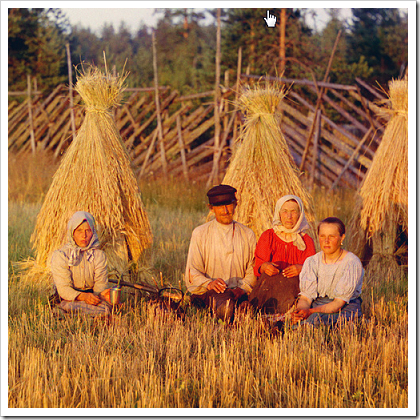
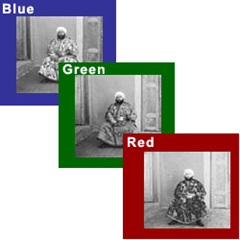
No comments:
Post a Comment